Popular market research methods to find our insight

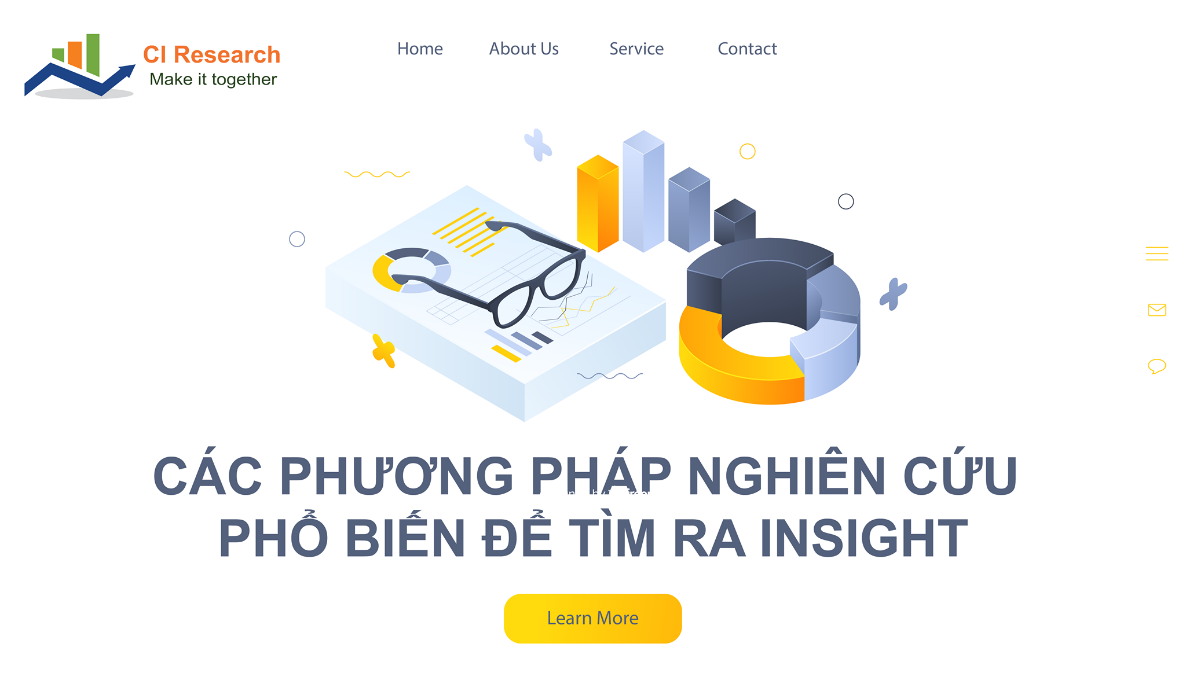
Whether you want to recognize it or not, Market Research plays an important role in pointing out the paths a business should take. Market Research - the silent hero behind the success of every marketing campaign, or media, is an basic objective for brands to make accurate decisions. Market Research is not only about finding insights, or reporting data, but also many other applications that businesses can apply throughout the business process.
So when do we specifically need Research? And what kinds of Research are we unable to ignore?
You need to understand that: Research is not general reports, but every few months you go to the Internet to download for free. There are 7 important and indispensable Research types that most marketers will encounter more or less. And of course, marketers need to be by heart to be able to use their power in all situations of the business.
1. INDEPTH INTERVIEW B2B:
B2B stands for Business To Business, while B2C stands for Business To Customer, which means from business to users. In market research activities, B2C is a type of research to learn mainly about the habits of end-users. And this type of research is common in most market research companies as well as of business customers who have needs in survey. In contrast, B2B research is less common, and not too many companies offer this service. Why like that?

Enterprises have the need to learn about the potential of new products, the numbers of the size and the market size; Enterprises are preparing to open more production and business activities, so where to expand; Businesses want to know how their competitors in the industry are doing, what strategy; Enterprises learn about how product distribution systems are operating; The client of the business is the company that consumes the product and service, how to understand that need ... B2C research is difficult to answer and B2B is the solution that will answer this question, help Enterprises limit risks before implementing investment and trading activities in products.
B2B research is conducted in a broader scope, in other words industry research. When conducting a B2B project, the research method is aimed at general assessment, discovering the potential needs of a particular product or service, with the goal of targeting all audiences with the potential to impact. business and marketing of products and services of the enterprise. These can be experts with deep knowledge of the field (often called KOLs), or potential competitors - major players in the industry (called Key Players), or business distribution systems. Traditional General Trade (GT) or Modern Trade (MT), and ultimately the consumer, both the business and the end user.
Unlike B2C research, B2B projects target industry questions, often including the following:
-
Market Overview: Size (Value and Output); market share, Import and export performance, Market segmentation, Industry growth over the years and forecasts, Market trends, prospects (price, product, consumption, region ...), Analysis SWOT ..
-
Industry competitors: product portfolio, revenue, growth, strengths / weaknesses, sales policy, selling price, technology, factories, target customers, business sector
-
Distribution system: distribution channel, rate, sales area, supplier's policy, price sensitivity, quality of customer care ...
-
B2B and B2C consumer needs and behaviors: existing / current / potential demand, purchasing behavior (frequency, quantity, price), perception, use of product reviews / brand, channel searching and select when buying, important factors when buying ..
2. CENSUS:
When entering a new category or market, you will ask:
-
Is this market big or not?
-
How many segments currently?
-
How is market size of each segment like?
-
Are there any competitors in each segment?
-
Will the trend of this category decrease or increase every year?
All of these questions are often answered by Census.
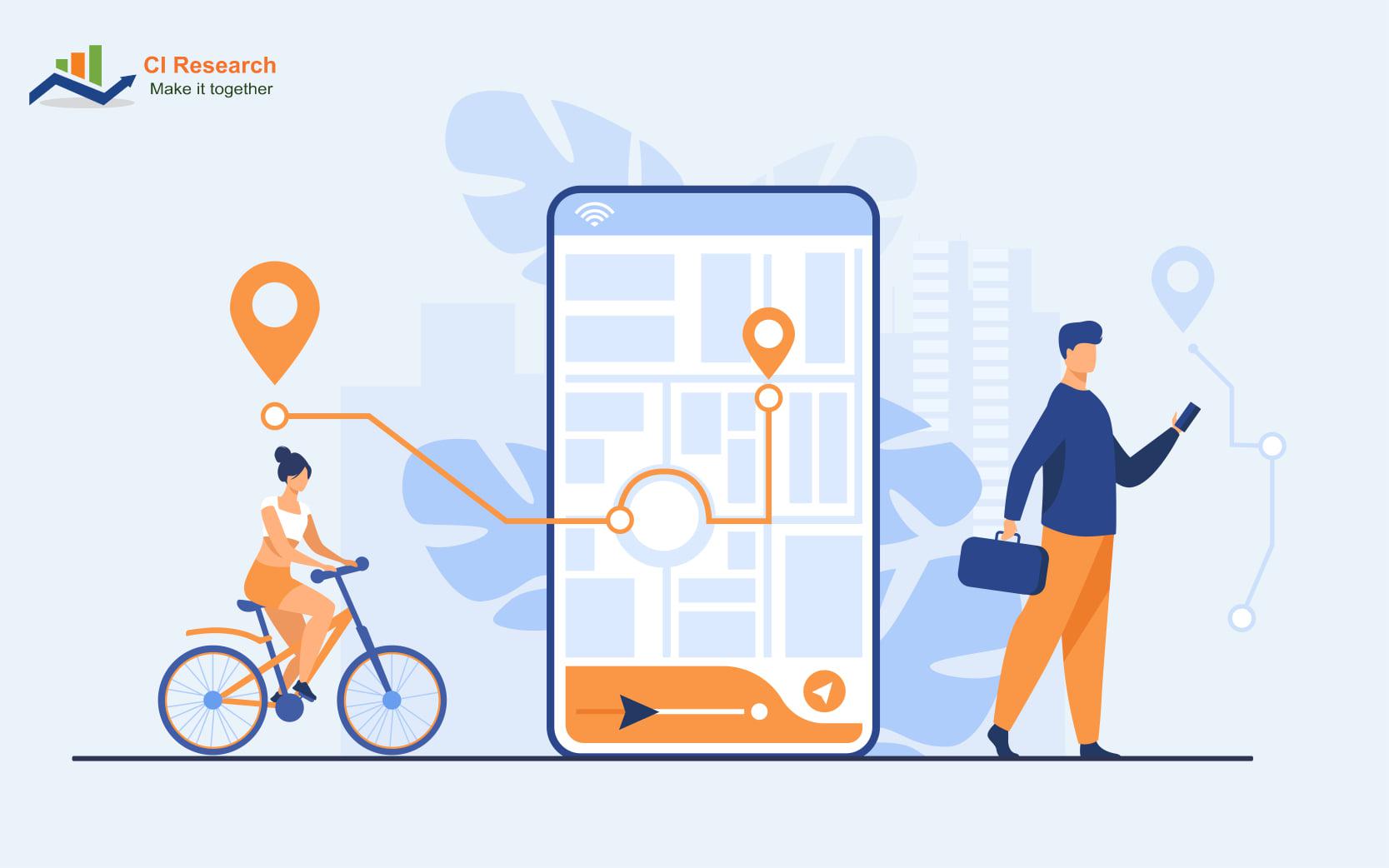
Census is like a scanner that helps you scan the entire market at a very large scale to answer the most common questions strategically. From these numbers, you will decide which piece of cake to jump to, who will "compete" with you, forecasting the expected revenue.
In terms of form, the simplest Census is the reports on the industry, on consumption that Nielsen, Millward Brown, ... usually share. Of course, if you really conduct a business, you need more specific reports, but the cost will not be "cheap".
3. USAGE & ATTITUDES
Usage & Attitudes is a method of studying and analyzing consumer behavior. It helps businesses "track" the habits of using products of customers in a specific industry.
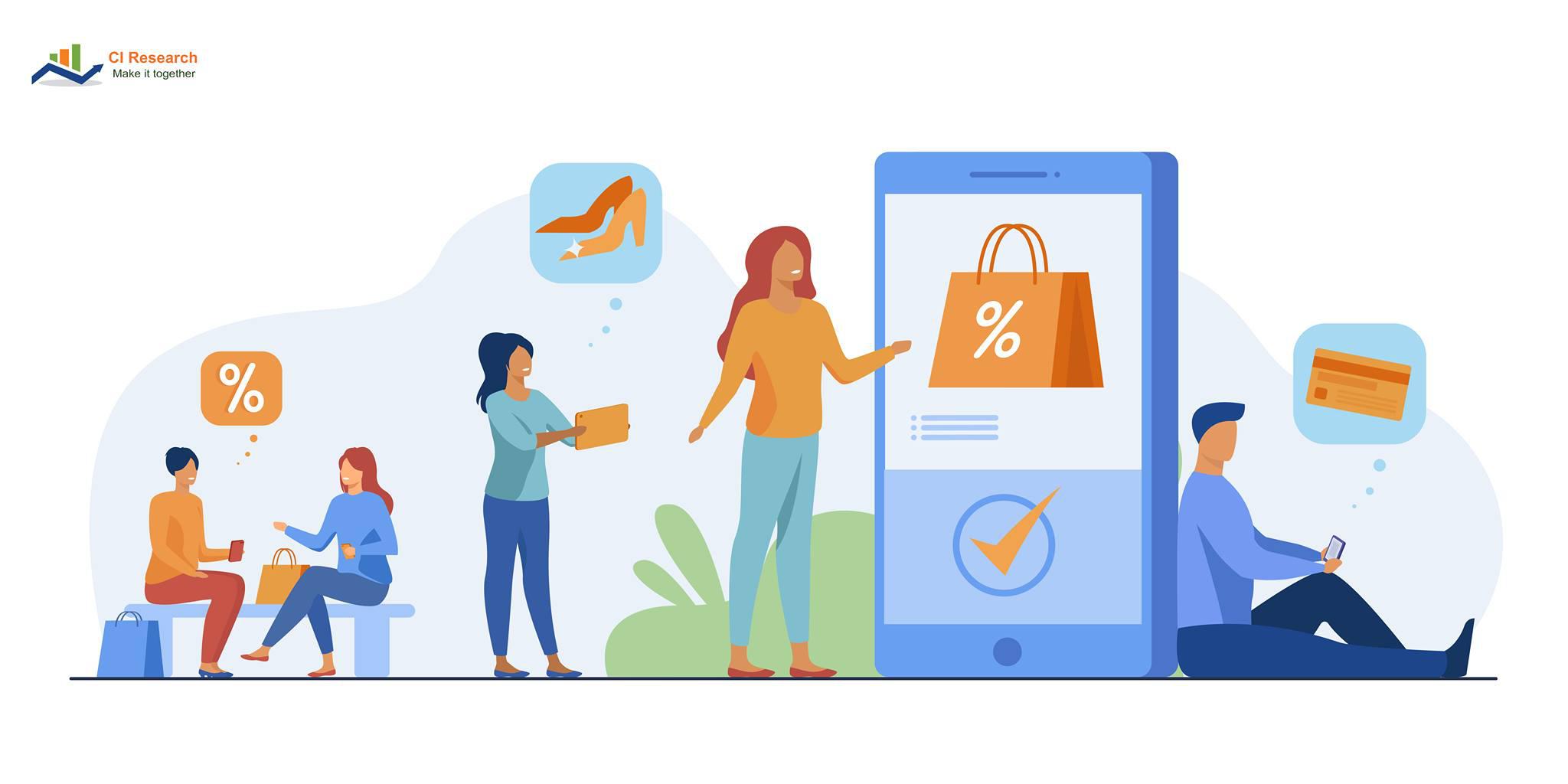
Usage & Attitudes helps marketers find answers to a series of questions about consumer behavior such as:
-
Who will buy my products?
-
How often do they use it?
-
What role does the product play in their lives?
-
What concerns them when using the product?
-
How often do they go to buy products?
-
Do they still have any unresolved needs for this product?
From these answers, you will understand deeply your consumer and devise a product development strategies, find out "white space" in a category to creep in, as well as a positioning way to increase competitiveness for your product on the market.
4. CONCEPT & PRODUCT TEST
As the business begins to launched out a new product or message, a series of questions will arise. Typically as:
-
Will the product appeal to consumers?
-
Do consumers recognize the feature that stands out in the product?
-
Is concept really effective and profitable for the business?
And this is when you need Concept & Product Test.
Of course, when developing a new product or message, Marketing is all about the best for consumers. But sometimes (actually often) what you think Consumer needs is not what they need, what you believe Consumer will like is something they don't like at all, or they have to wait for explanation. just have a feeling of excitement. At this point, Concept & Product test is the only and most effective way for you to answer the question: After all, with all that you draw, does Consumer like and want to buy?

In a way, to make a Product & Concept Test is to take the product you create with all the communication concepts, prices, packaging, ... that you create to sell products, bring them to Consumer and listen to their feedback. This method will help you collect practical feedback from Consumer about your products, so that new marketers can come up with a more optimal Concept, as well as follow with the Insight of consumers.
5. BRAND HEALTH CHECK
The next job you need to do is to check the "health" of the product regularly right after determining the business strategy, product strategy, then bring the product to market.
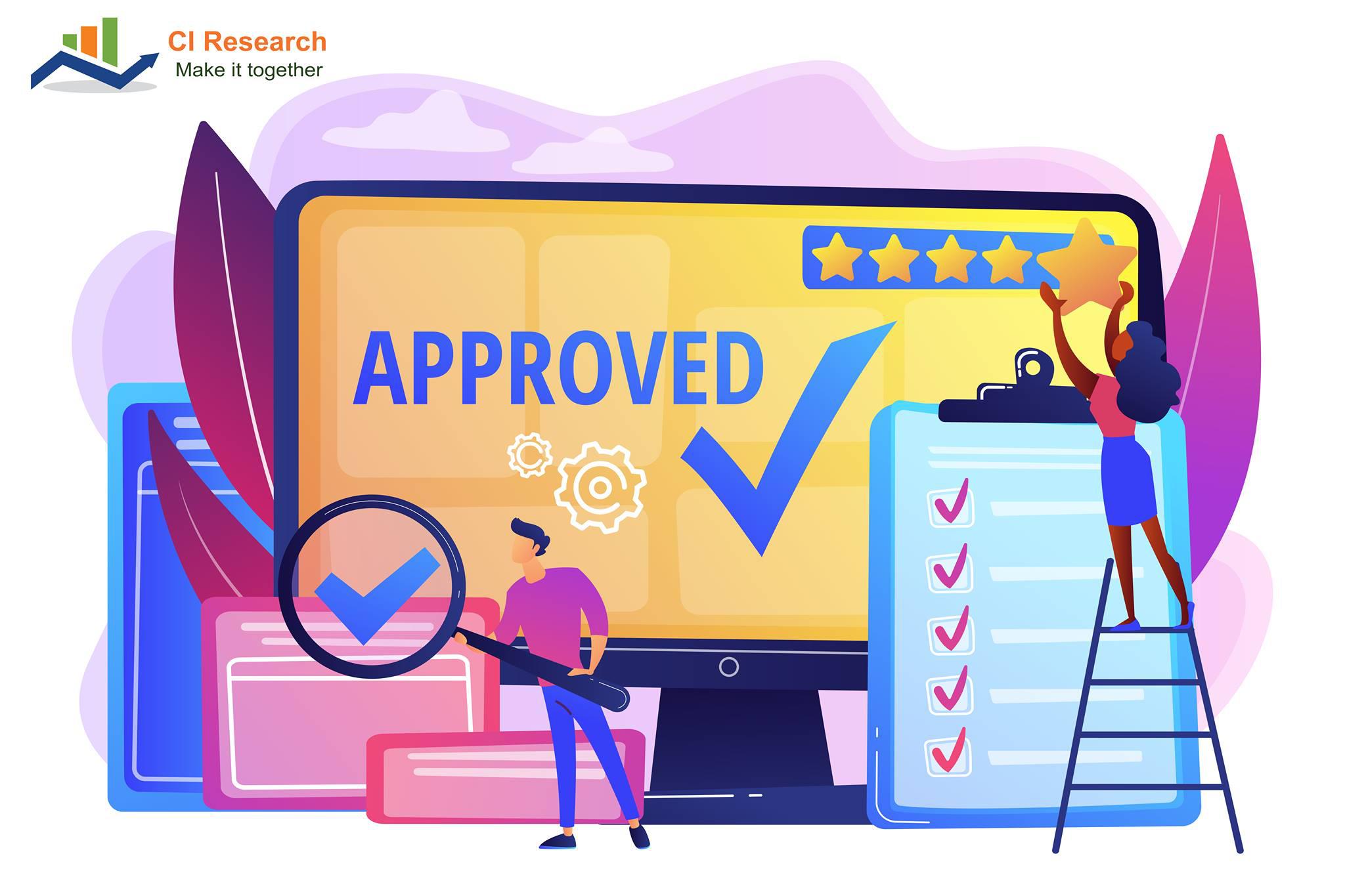
Like humans, people need periodic physical exams to be able to know if they are healthy or carrying some hidden pathogen. And a brand like that, needs to measure its health in the market, to be able to identify opportunities, risks and make appropriate brand development plans in time.
Marketers measure and track brand key metrics using Brand Health Check, as well as evaluate the effectiveness of Marketing Mix activities. Not only that, through this method, businesses also grasp the changes in the market and the impact of competitors on the brand, from there, step by step draw out plans to consolidate and develop. better brand.
6. CONSUMER PANEL
The "health" of a brand not only depends on whether or not Consumer loves the Brand, but also on whether they BUY the product or not.
Normally, through 3 main channels: Manufacture, Retailer and Consumer to control the situation as well as the consumption of products in the market, businesses will measure and monitor
Analytical marketers collect purchase data right from their households to be able to know product consumption, through the behavior and usage habits of consumers thanks to the Consumer Panel method.
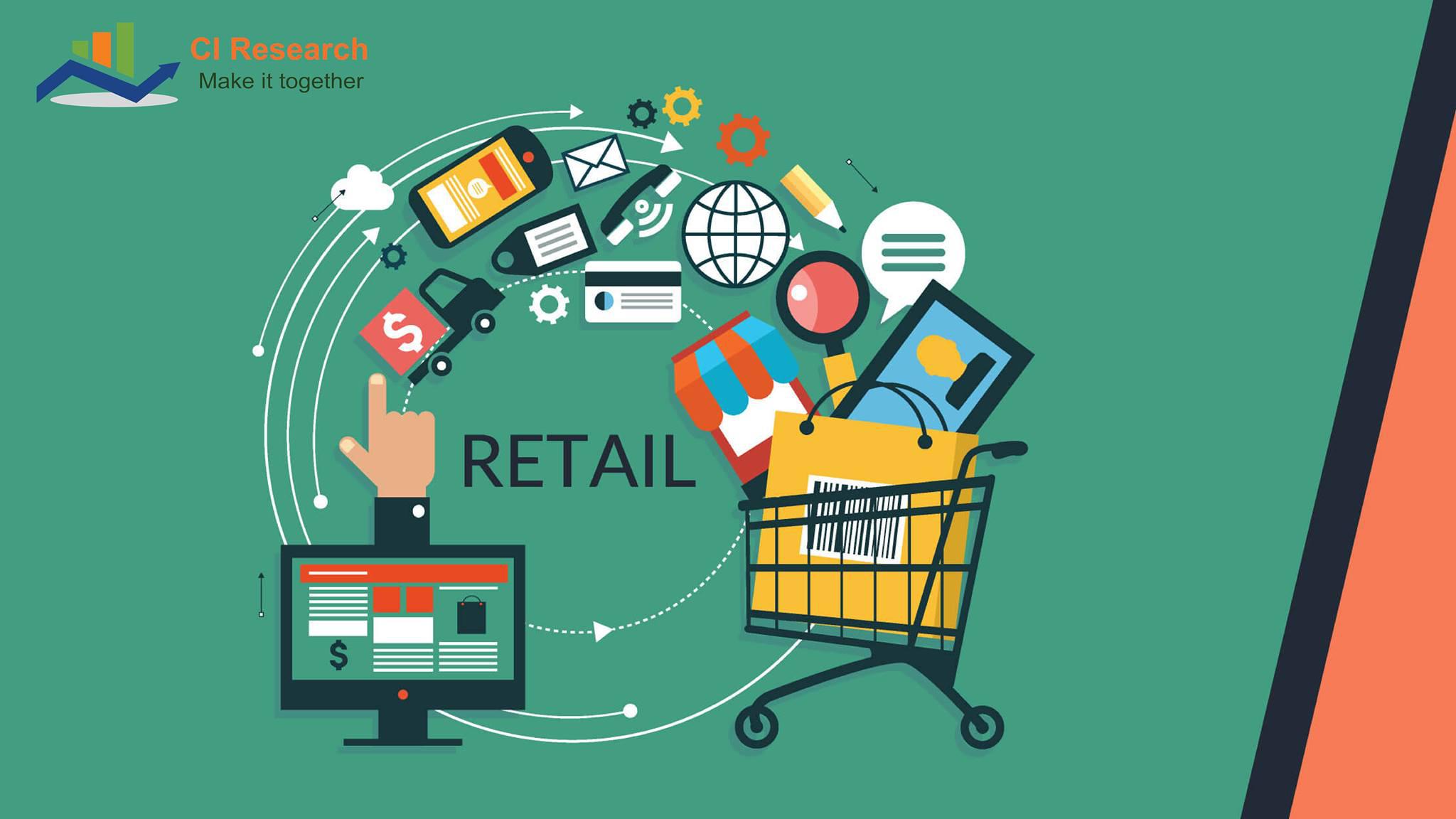
Through that, marketers can know who Consumer is (Who), what products did they buy (What), what channels they bought (Where), when or when they bought the product (When ) and the amount of consumption consumed by the consumer in a given time period (How much).
The downside to this approach, however, is whether consumers or even yourself can accurately remember the number, time, and place where you purchased the product before? This is a very big problem that makes the Consumer Panel approach always go with the concept of "error".
Therefore, usually, Consumer Pannel will come with Retail Audit, one of the most popular and familiar methods that you cannot ignore in Market Research.
7. RETAIL AUDIT
Retail Audit is a study of several retail stores performed by the brand rep or retail store employee to collect health data of a brand's product.
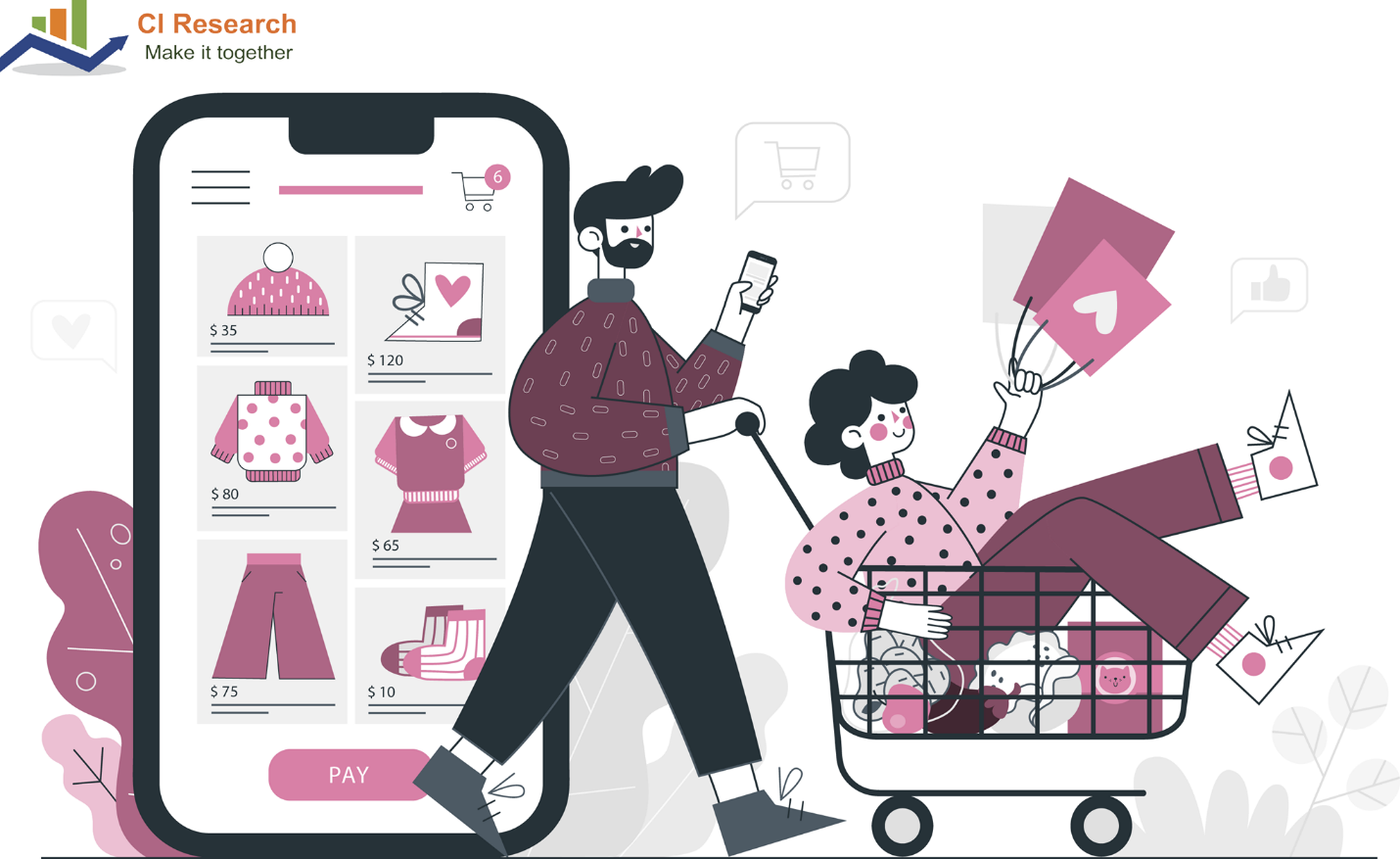
Retail audit service providers will collect information about sales, sales trends, inventory levels, effectiveness of in-store display and advertising, competitor performance, and compliance. Planogram (shelf location, current item number, existing Stock Keeping Unit (SKU), incorrect tag) price, product storage location, product failure, and other related aspects.
Retail audits offer two great benefits as follows:
-
Ensure retailers comply with established agreements on placement, price and promotion of products.
-
Allows brands to accurately measure the success of a retail environment.
Besides, the data provided by the audit is invaluable. This data is aggregated from different retail locations over time and compared results, this allows managers to make actionable decisions, reduce inefficiencies and, ultimately, increase sales.



